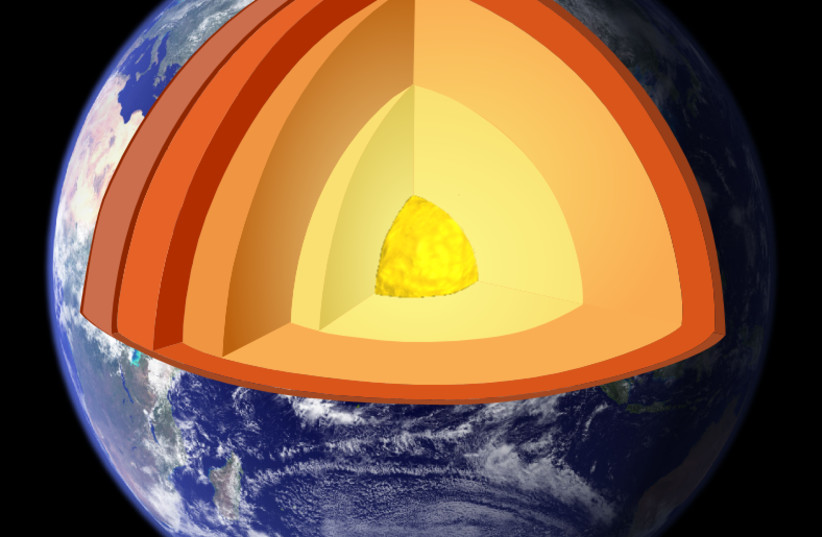Researchers aimed to discover what would happen to iron at the Earth's core in a study by Stanford University’s SLAC National Accelerator Laboratory.
The study, which was published in the peer-reviewed scientific journal Physical Review Letters, used lasers in order to study the effects of iron in conditions similar to those in earth’s core, which reaches temperatures of about 5,200° Celsius (9,392° Fahrenheit), according to National Geographic.
The group at SLAC wanted to see what would happen if you kept applying pressure to a hexagonal arrangement of iron atoms to mimic what happens to iron at the Earth's core or during atmospheric reentry from space. Using two lasers, an optical laser and the SLAC's Linac Coherent Light Source (LCLS) X-ray free-electron laser. The optical laser allows researchers to expose the iron sample to extremely high temperatures and the LCLS laser allows researchers to observe the iron on an atomic level.
“At the time, LCLS was the only facility in the world where you could do that," says study co-author Sébastien Merkel of the University of Lille in France. "It's been a door opener for other similar facilities in the world."
"We didn't quite make inner core conditions," study co-author Arianna Gleason, a scientist in the High-Energy Density Science (HEDS) Division at SLAC, told the American Association for the Advancement of Science (AAAS). "But we achieved the conditions of the outer core of the planet, which is really remarkable."

Iron’s response to stress under such high temperatures and pressures had never been measured to this extent before, leaving researchers puzzled as to how the iron would react.
"As we continue to push it, the iron doesn't know what to do with this extra stress," says Gleason. "And it needs to relieve that stress, so it tries to find the most efficient mechanism to do that."
The team fired both lasers at a tiny sample of iron about the width of a human hair. "The control room is just above the experimental room," Merkel says. "When you trigger the discharge, you hear a loud pop."
The iron atoms eventually began “twinning” under the pressure. The anatomical arrangement rotates all the hexagonal prisms of iron atoms by nearly 90 degrees. Twinning is a common pressure response in metals and minerals — quartz, titanium and zirconium all undergo twinning. “Twinning allows iron to be incredibly strong — stronger than we first thought — before it starts to flow plastically on much longer time scales,” Gleason said.
The researchers measured the transformation by collecting images and assembled them into a flipbook that showed iron deforming. Researchers were previously unsure if iron would respond too fast for them to measure or too slow for them to ever see. "The fact that the twinning happens on the time scale that we can measure it as an important result in itself," explained Merkel.
The study provides exciting insights into the structural properties of iron at extremely high temperatures and pressures. The results are also a promising indicator that these methods could help scientists understand how other materials behave within extreme conditions as well. "The future is bright now that we've developed a way to make these measurements," Gleason said.
"Now we can give a thumbs up, thumbs down on some of the physics models for really fundamental deformation mechanisms," Gleason continued. "That helps to build up some of the predictive capability we're lacking for modeling how materials respond at extreme conditions."
